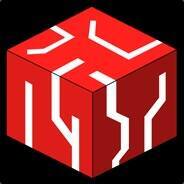Best use of a PERC H310 RAID card
-
Featured Topics
-
Topics
-
Fireord36 ·
Posted in Peripherals0 -
kosturko92 ·
Posted in Troubleshooting0 -
Glovesss0 ·
Posted in Troubleshooting2 -
3
-
7
-
0
-
0
-
0
-
2
-
4
-




















Create an account or sign in to comment
You need to be a member in order to leave a comment
Create an account
Sign up for a new account in our community. It's easy!
Register a new accountSign in
Already have an account? Sign in here.
Sign In Now